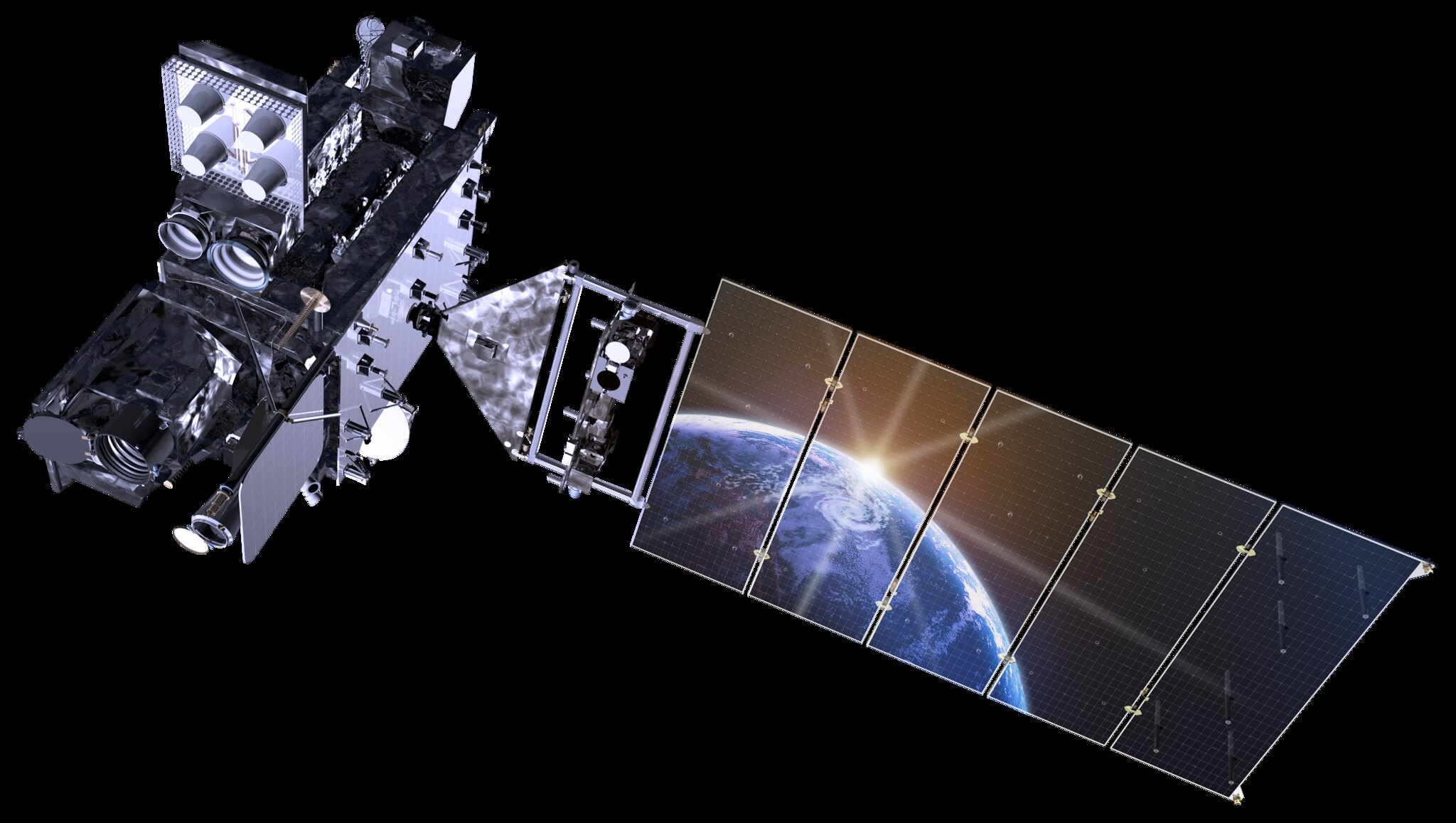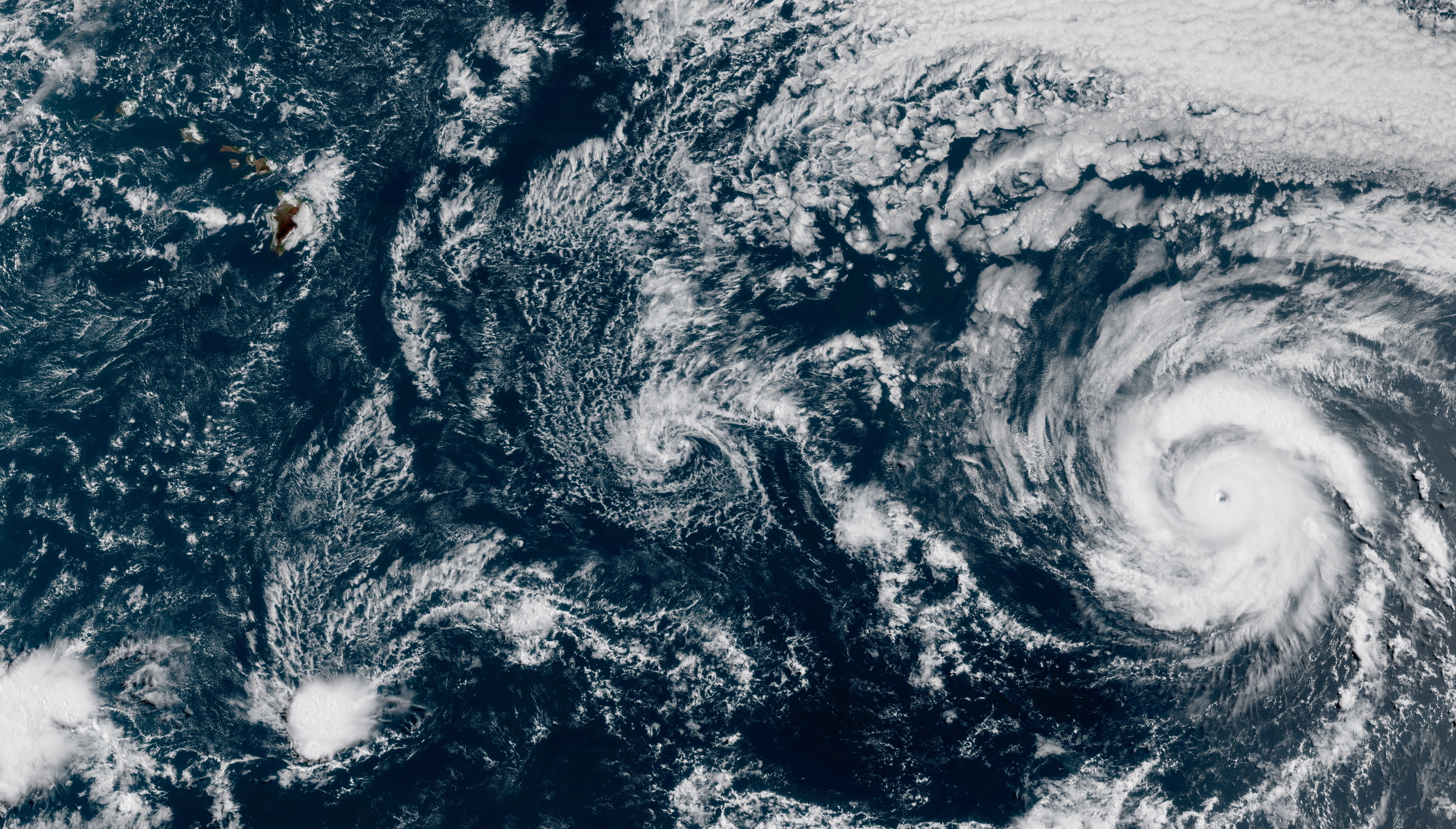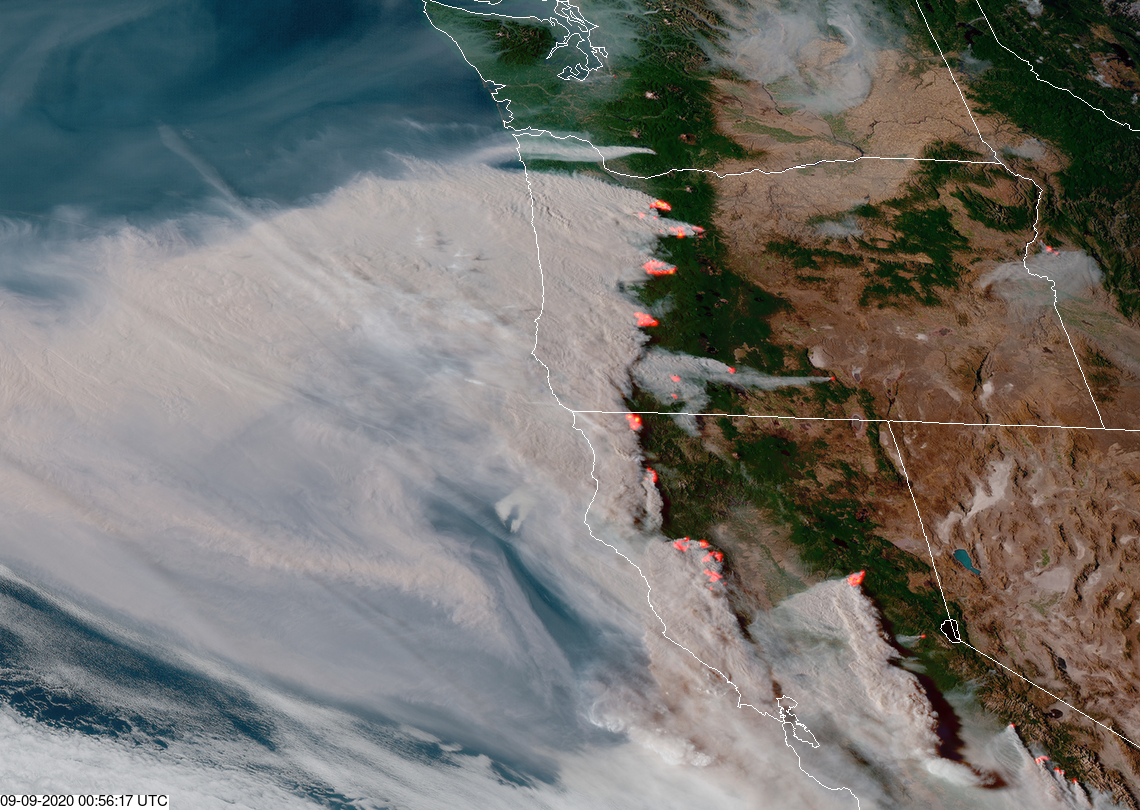
NOAA Weather Satellite Team
Department of Commerce
 Harry A. Cikanek III
Harry A. Cikanek III
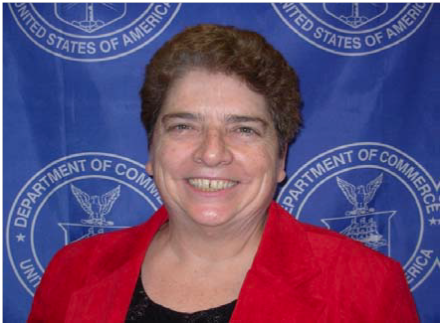 Vanessa L. Griffin
Vanessa L. Griffin
 Daniel T. Lindsey
Daniel T. Lindsey
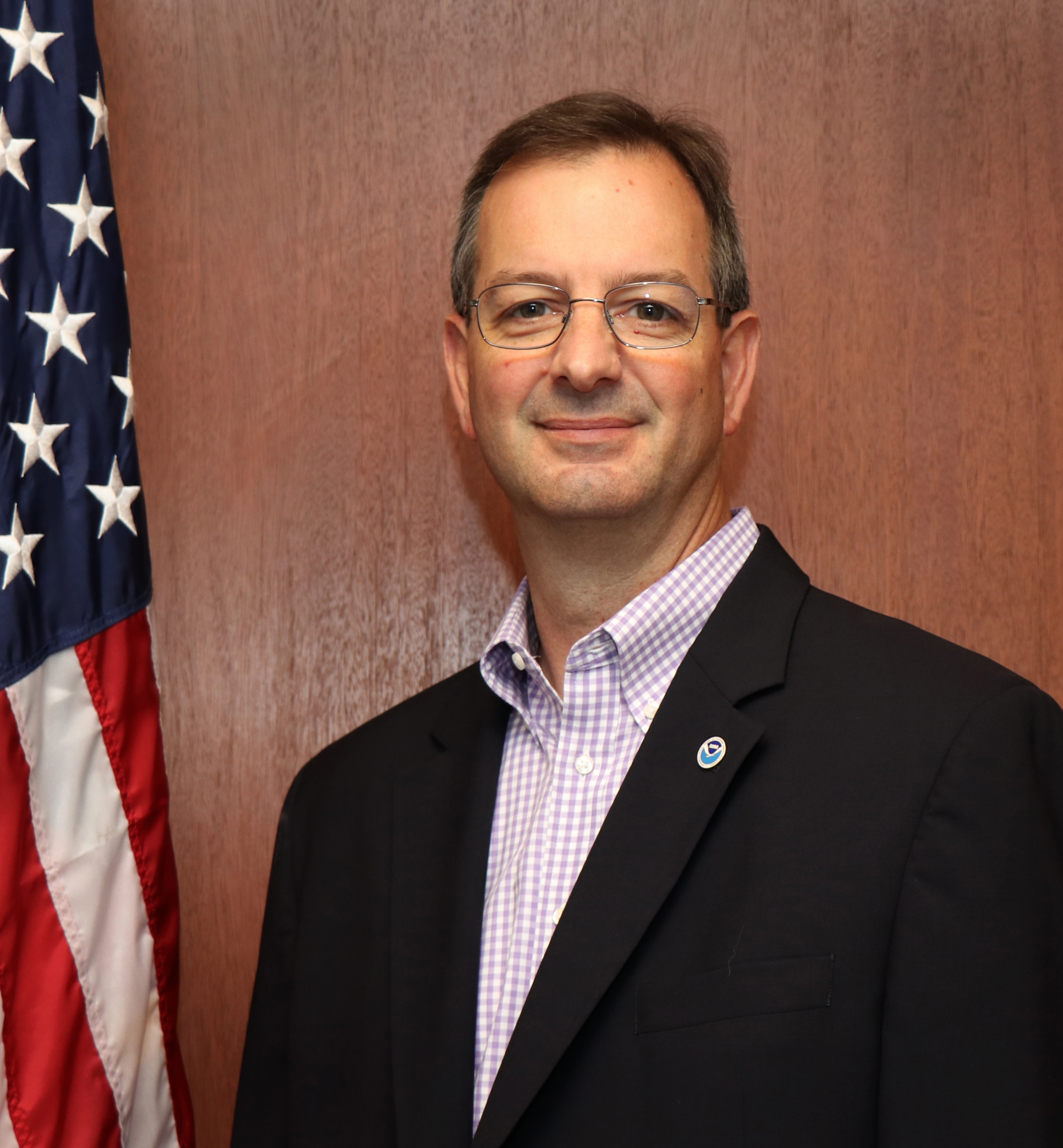 Joseph A. Pica
Joseph A. Pica
 Pamela C. Sullivan
Pamela C. Sullivan

Harry A. Cikanek III

Vanessa L. Griffin

Daniel T. Lindsey

Joseph A. Pica

Pamela C. Sullivan
A team of scientists and engineers from NOAA’s Satellite and Information Service (NESDIS) has been awarded the Gears of Government President’s Award for leadership and excellence in restoring the functionality of NOAA’s new GOES-17 weather satellite, following a major post-launch anomaly.
Pam Sullivan, Dan Lindsey, Harry Cikanek, Joseph Pica, and Vanessa Griffin used a coordinated approach with innovative techniques to restore the satellite’s ability to observe critical weather conditions across the Western Hemisphere, such as severe storms, hurricanes, fires, and volcanic activity, with minimal data loss. This team’s response to the crisis restored the value of the nation’s $1 billion investment and provided a vital asset for meeting the National Weather Service’s mission.
Shortly after GOES-17 launched, engineers discovered a severe problem with the satellite’s primary instrument for imaging the Earth’s weather, oceans, and atmosphere. The thermal system of the Advanced Baseline Imager (ABI) was not carrying the expected heat load from the instrument electronics to the radiator, resulting in the infrared detectors over-heating and becoming unable to observe Earth.
In response to this crisis, a multi-disciplinary and multi-organizational team of experts assembled to investigate the issue and optimize the instrument’s performance. The team modified the way ABI functions, allowing it to operate at higher temperature thresholds. They also implemented periodic spacecraft maneuvers to reduce the amount of heat from the Sun directly striking the ABI. In addition, new cooling operations were put in place to keep the instrument from overheating. Recovering the functionality of an instrument flying in space 22,300 miles above Earth was a daunting task, but the GOES-17 ABI optimization team expertly met the challenge. Their efforts led to an extraordinary recovery of the instrument’s capabilities – ABI is now delivering 98% of the data it was designed to provide. As a result, forecasters from the western continental United States, Alaska, and Hawaii have the critical data they need to provide the public with timely and accurate weather forecasts and warnings.
“In my nearly six years forecasting here, I have never seen a product revolutionize our ability to forecast the way GOES-17 has,” said Michael Ottenweller, a National Weather Service forecaster at the Anchorage, Alaska field office. “The advent of GOES over our domain makes forecasting tangibly easier and better.”
Ottenweller described a recent experience forecasting fog over southwestern Alaska. Before GOES-17 data was available, forecasters would have to wait for data from polar-orbiting satellites passing over Alaska. “Now, not only do I have reliable data, but I can loop that data. This changes everything,” said Ottenweller.
